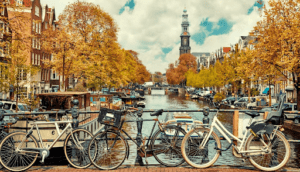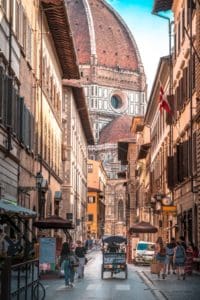The Cultural Festivals at the Edge of the World: A Guide to Remote Celebrations

Updated On: April 24, 2024 by Fatma Mohamed
As we traverse to the farthest corners of the planet, we encounter cultural festivals that tell the stories of human heritage and creativity. These extraordinary events, often set against the backdrop of the most remote and spectacular landscapes, offer insights into the traditions and customs that have shaped societies for centuries. They stand as vibrant expressions of local identity, showcasing everything from music and dance to food and sports, weaving together the social fabric of communities in a celebration of life’s rich tapestry.
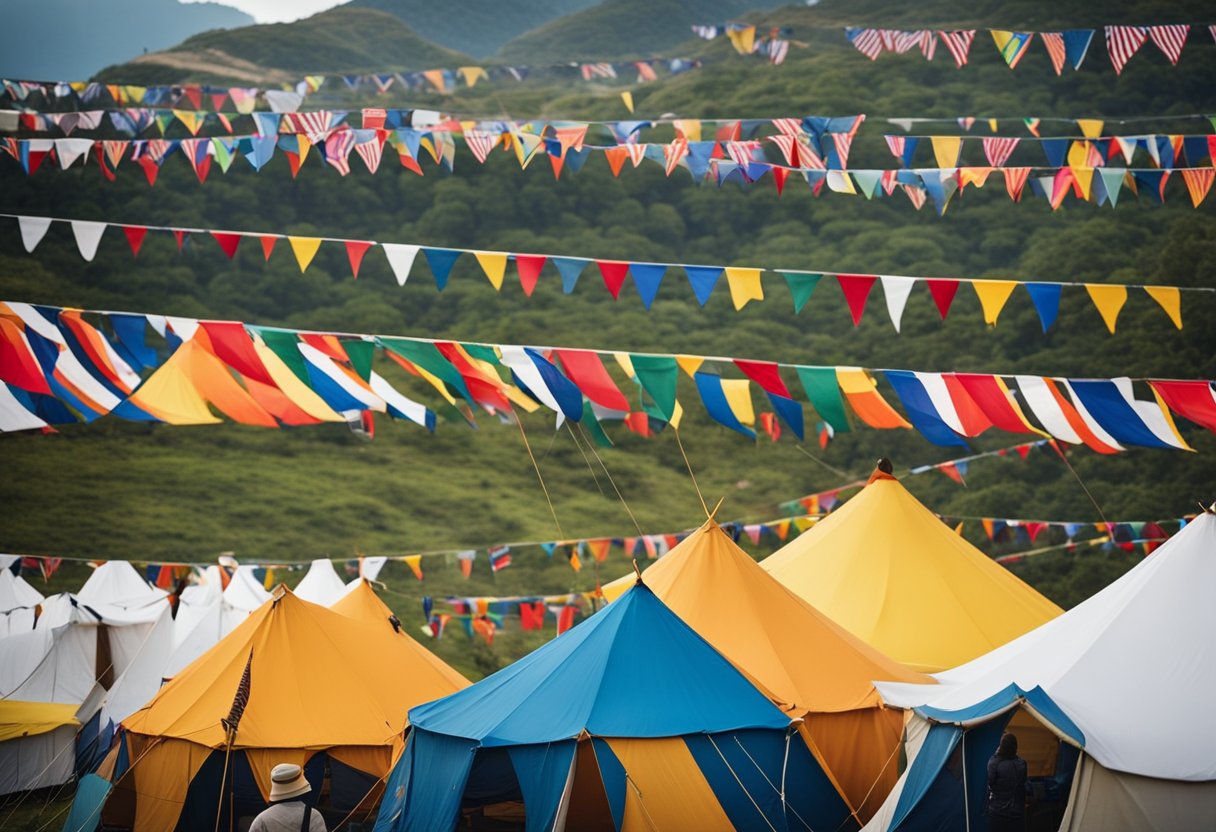
In the thriving heartbeats of these events, unity and joy emanate, bringing together people from all walks of life. From the colourful explosion of a carnival parade to the solemnity of ancient rituals, cultural festivals are a conduit for unity, fostering a sense of togetherness in a world of cultural diversity. These gatherings not only entertain but also serve as a catalyst for communal harmony, bridging cultural divides and reinforcing connections among individuals.
Table of Contents
Origins and Significance of Cultural Festivals

In this section, we explore the deep historical roots and evolving traditions of cultural festivals and their profound significance in reflecting societal beliefs and rituals.
Historical Roots and Traditions
Cultural festivals find their origins in the ancient practices of civilisations around the world. These events have historically been tied to significant dates on the calendar, such as harvests, seasonal changes, or astronomical events. Often, they began as rituals to appease deities or celebrate divine mythologies, evolving over centuries to become cornerstones of cultural heritage. For example, the mid-autumn festival in Asia heralds the gathering and thanksgiving period and includes the tradition of mooncake sharing.
Cultural Festivals as a Reflection of Beliefs
Cultural festivals act as mirrors to the beliefs and values of a society. Every dance step, song, and shared meal is an expression of communal tradition and history. They provide a platform for the transmission of intangible heritage from elders to the younger generation, ensuring the longevity of their cultural heritage. These festivals not only celebrate a community’s way of life but also allow for a reflection on and preservation of their diverse beliefs and traditions within the modern world, fostering continuity and collective identity.
Festivals as a Catalyst for Unity and Joy
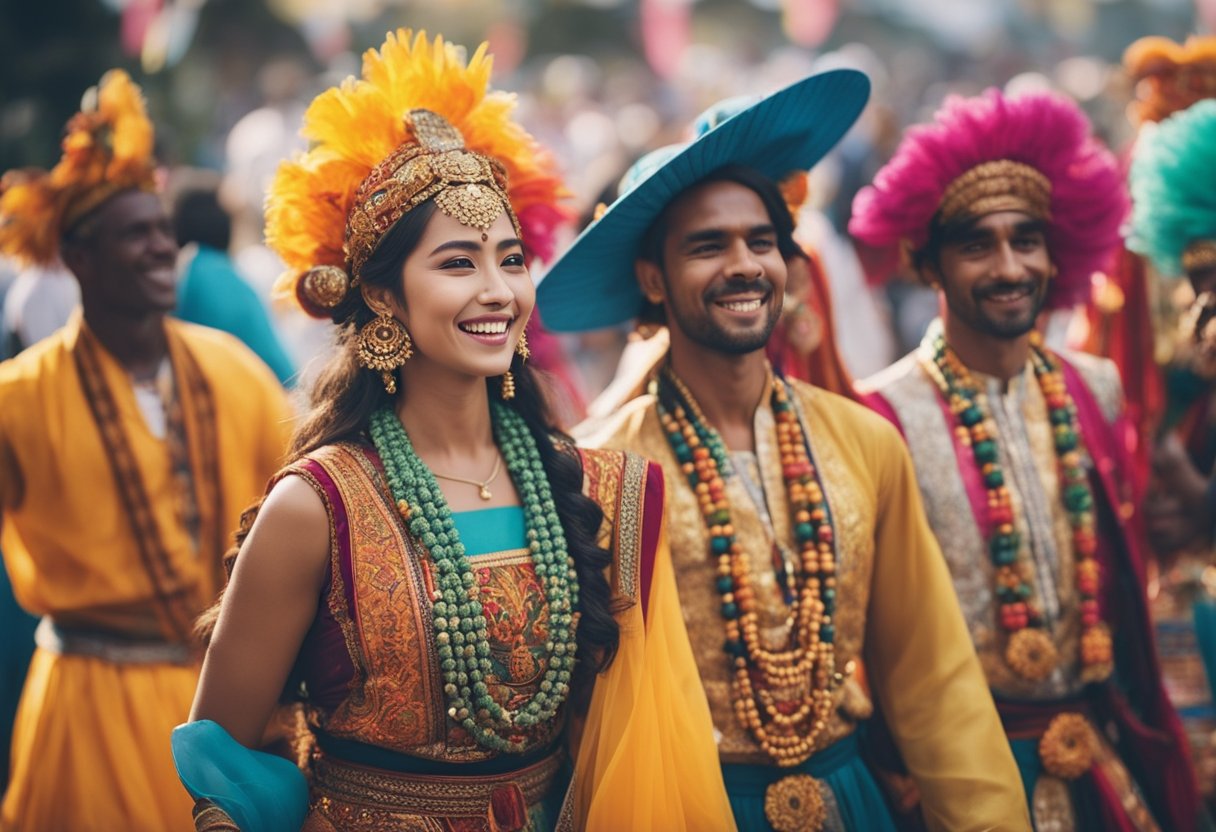
In the rich tapestry of world cultures, festivals stand out as vibrant threads that weave communities together, fostering a sense of unity and shared joy. These celebrations transcend day-to-day life, allowing us to revel in the diversity and belonging that define human experience.
Community Bonding Through Celebrations
Festivals are the embodiment of collective spirit, where the joy of the individual multiplies amid the crowd. It is here, against the backdrop of communal revelry, that the essence of unity finds expression. Across different cultures, be it through the stark-white snow of the far north or the sun-kissed beaches of remote islands, festivals act as a powerful force, bringing together individuals from all walks of life. In these gatherings, a unique bond forms, one that reinforces the sense of community and highlights the shared values and heritage that link us.
The Role of Joy in Cultural Expressions
The vibrant kaleidoscope that festivals offer is an outpouring of joy, a universal language that resonates with every attendee. As we partake in the traditions and rituals that mark these occasions, the sheer delight evident in the dances, music, and colours serves not just as a celebration of our diversity but also as a testament to our collective humanity. In these moments of exuberance, each of us experiences a profound connection to our cultural roots, reinforcing our sense of belonging.
Through our participation in these cultural festivals, no matter how remote or obscure, we not only commemorate heritage but also reinforce the social fabric that binds us. We invite you to explore and immerse yourself in the myriad of celebrations that exemplify the unity and joy found within our global village.
Global Festivals and Their Regional Flavours
Festivals are the tapestry upon which the cultural richness of a region is displayed, often characterised by unique customs and traditions that tell a story of their own. The following subsections delve into the different aspects of festivals across the world and how they embody the essence of their locales.
The Essence of Local Traditions
In India, the Holi festival paints a vivid portrait of joy as individuals come together to splash colours, celebrating the triumph of good over evil. The festivals in China, like the Spring Festival, bring a burst of red lanterns symbolising prosperity and good fortune. Meanwhile, Spain is captivated by its La Tomatina, a manifestation of fun where ripe tomatoes paint the town red in a different hue.
Adaptations of International Festivals
Global festivals like Christmas and New Year’s Eve are celebrated uniquely across countries. The USA and Canada may share similarities in these celebrations, but regional nuances like the Mummers Parade in Philadelphia or Québec’s Winter Carnival showcase distinct flavours. Similarly, Latin America’s carnival in Rio throbs with samba beats, which is different from the electronic energy of Berlin’s Love Parade.
Unique Regional Celebrations
From the Naadam Festival in Mongolia, which spotlights nomadic sports, to the Day of the Dead in Mexico, where the living commune with spirits over festive altars, each region hosts celebrations deeply rooted in their identity. Thailand’s Loy Krathong, with its release of lotus-shaped lanterns onto waterways, offers a serene contrast. Peru stuns with Inti Raymi, paying homage to the Inca sun god with grandiosity.
Our journey across the globe reveals a pantheon of regional festivals, each with its unique regional flavours, which together bind us in a shared celebration of humanity’s richly diverse tapestry.
The Artistic Tapestry of Festivals
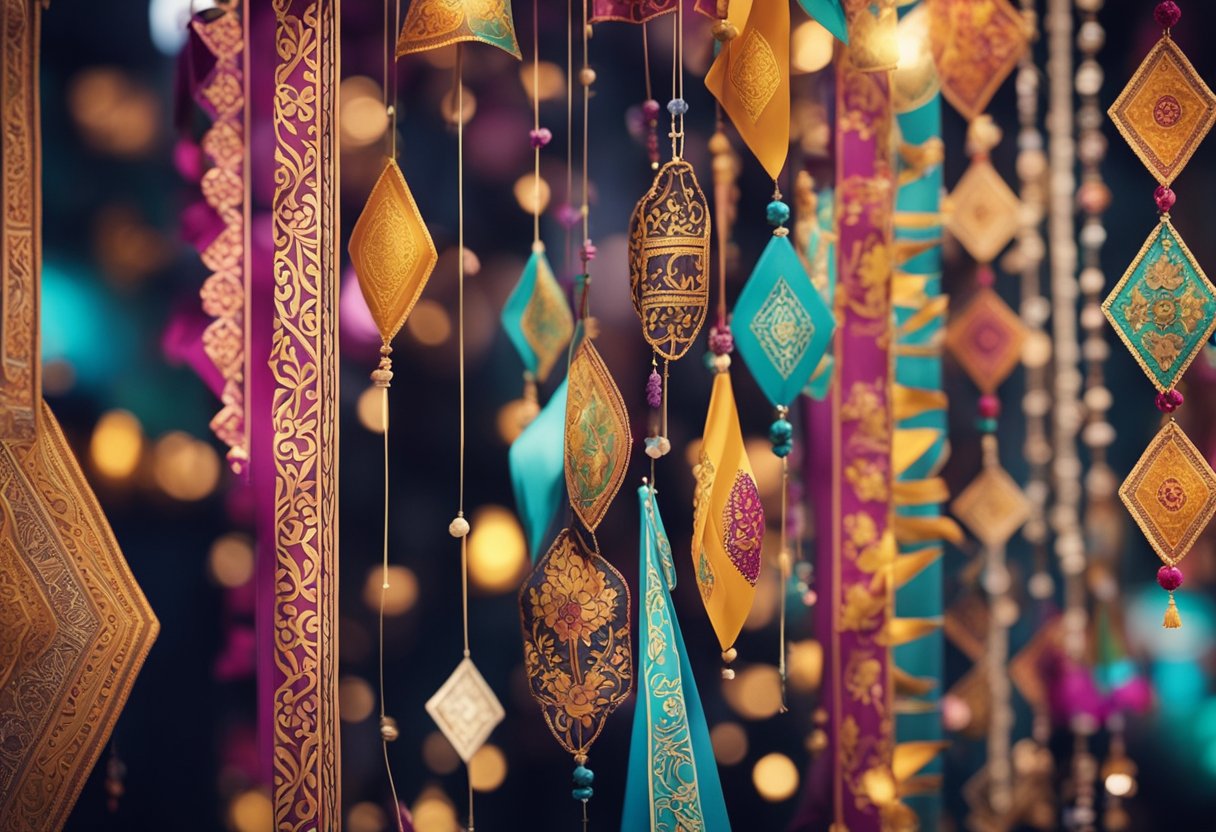
As we explore the panorama of cultural festivals at the edge of the world, we witness a stunning array of visual and performing arts seamlessly interwoven with the rich tapestry of cultural identity. These festivals are not just celebrations; they are profound expressions of the human spirit in its most vibrant forms.
Visual and Performing Arts in Celebrations
Cultural festivals serve as the stage for the magnificent display of visual arts. Traditional techniques in painting, sculpture, and crafts become a feast for the eyes, telling stories of heritage and community. Festivals like Seychelles’ Carnaval International de Victoria illustrate the island’s melting pot of cultures through vivid costumes and floats.
Performing arts take centre stage as well, with music and dance pervading the atmosphere. The rhythm of drums in a West African celebration, the haunting melodies of a Highland bagpipe, or the elaborate footwork of flamenco dancers in Spain – festivals provide a space where music and traditional dance are not merely performed but lived by the participants.
The Interrelation of Art and Cultural Identity
Art encapsulates the essence of a people. At cultural festivals, art is more than an activity; it’s a conduit for sharing and sustaining identity. The art and culture festivals around the globe go beyond entertainment to forge connections between past and present. These celebrations mark the passing of time-honoured traditions to new generations, ensuring that the unique narratives of different cultures continue to thrive and evolve.
The synergy of art and identity transforms these gatherings into dynamic events that strengthen the communal bond. When we see the intricate patterns of indigenous arts or hear the ancestral songs carried across festival grounds, we are witnessing the vivid strokes of identity painted on the canvas of these cultural celebrations.
Festivals and the Cycle of Seasons
Cultural festivals are deeply intertwined with the changing seasons, each marking a phase in the cycle of nature and embodying unique cultural expressions that align with different times of the year. We’ll explore some of the world’s most vibrant celebrations that coincide with seasonal transitions, from winter’s introspective gatherings to the exuberant festivities of summertime.

Winter Festivities
In winter, festivities often serve to warm the spirit against the cold embrace of the season. Germany’s Christmas markets, or Weihnachtsmärkte, are synonymous with the festive period, offering a magical atmosphere that lights up the dark season. Glühwein and gingerbread fill the air with their scent as people gather to celebrate togetherness and the approach of the New Year.
Celebrations of Spring and Renewal
Spring heralds the arrival of renewal and rebirth. In India, the festival of Holi celebrates the victory of good over evil and the end of winter, with vibrant colours coating the streets and the faces of those who partake in the joyous occasion. Similarly, the Thai New Year, or Songkran, washes away the past year’s misfortunes with its famous water fights and traditional blessings.
Autumn and Harvest Festivals
Autumn is a time of harvest and thanksgiving, a period to revel in the bounty that the Earth has provided. The tradition of Oktoberfest in Germany, while known for its lively beer halls and folk music, originally celebrated the harvest and the fruits of the land. This time of year is also marked by festivals that honour the balance of day and night and prepare for the winter to come.
Summer’s Vibrant Gatherings
Summer’s warmth breeds energetic and vibrant gatherings. New Orleans has become a cultural hotspot with its electrifying Jazz Fest, bringing together the rhythm of music, the flair of Creole cuisine, and the exuberance of Mardi Gras. The season reflects an outpouring of communal participation, celebrating the zenith of the annual cycle and the fullness of life.
The Rhythms of Music and Dance
We recognise that the essence of cultural festivals lies not just in the visual splendour but significantly in the auditory and kinetic experiences they offer. At the core of these celebrations are music and dance, transcending language and connecting us across the furthest reaches of the world.
Music Festivals Across the Globe
Music festivals are the heartbeat of cultural celebrations. They can range from intimate gatherings where traditional tunes echo the ancestral voices to grand events where contemporary beats set the tempo for a diverse audience. Take, for instance, the colourful vibrancy of samba at Brazil’s Carnaval, a festival where rhythm acts as a universal connector, uniting people in dance and celebration.
Dance: A Universal Language of Festivals
Dance is indeed a universal language spoken at festivals worldwide. It tells stories, expresses emotion, and celebrates heritage through fluid movements and intricate steps. Festivals often feature a variety of regional dances, allowing attendees to witness the unique cultural expressions that have been passed down through generations. Whether it’s the energetic hip-hop battles on the streets of New York or the precise, elegant postures in the classical Indian dance forms, each performance is a testament to the cultural richness of our world.
Sports and Games: Competitive Festive Spirit
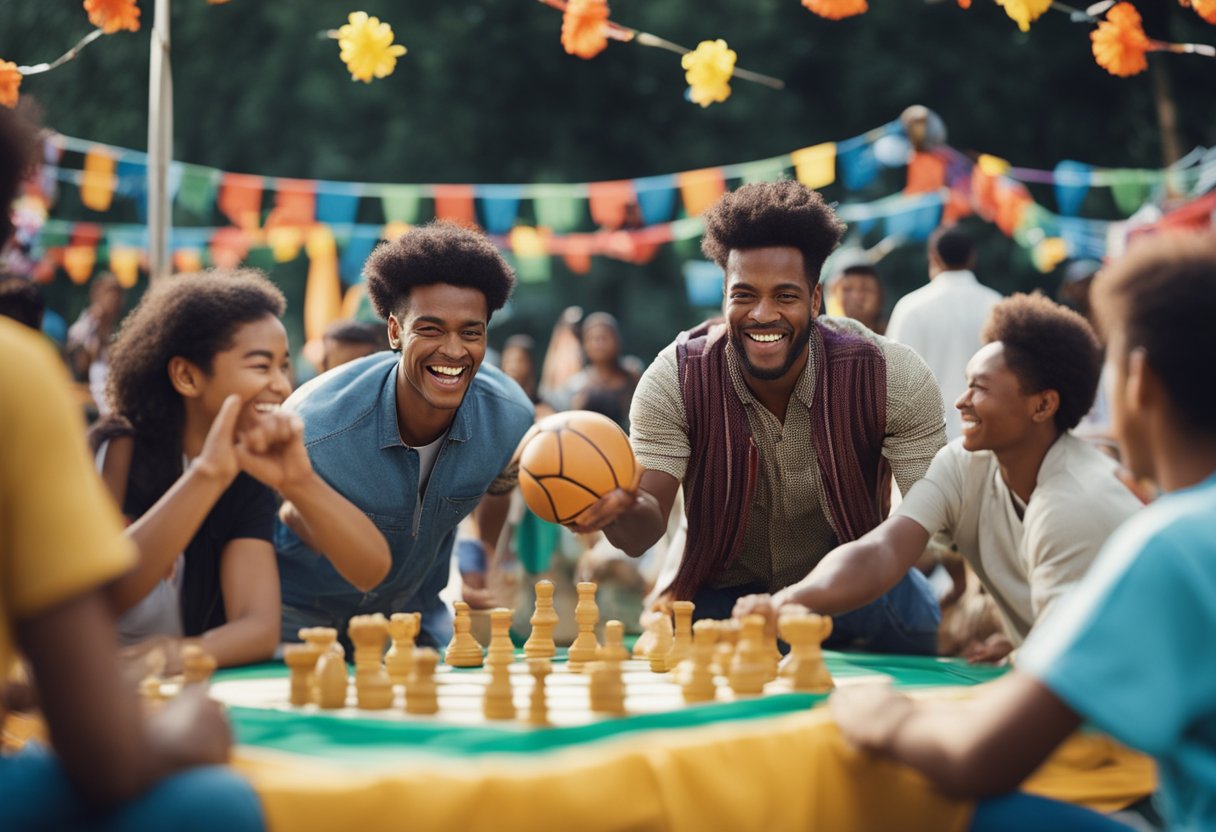
Cultural festivals around the world serve as the cornerstone for not only showcasing traditional customs but also promoting the competitive spirit through sports and games. These events are a celebration of physical skill, communal participation, and the unifying power of competition.
Traditional Sports in Cultural Festivals
At the heart of many cultural festivals, we find traditional sports that have been passed down through generations. Take, for example, the Naadam Festival in Mongolia, which spotlights three cherished games of agility and strength: wrestling, archery, and horse racing. Mongolian wrestling is a captivating spectacle of might and skill, with competitors donned in vibrant attire engaging in a test of brute power. On the other hand, the precision and tranquillity of archery contests provide a stark contrast, as archers focus intently on hitting targets at impressive distances. The collective experience of these events not only excites but also strengthens bonds within the community, reinforcing a sense of unity and cultural pride.
Modern Sports Events with Cultural Ties
While traditional sports remain a staple, modern sports events with cultural significance have also started taking centre stage. These contemporary competitions are often inspired by historical and cultural narratives that resonate with both participants and spectators. They serve as platforms where athleticism and festive spirit intertwine, celebrating not just the victors but the inclusive nature of the games themselves. It’s this seamless blend of the old and the new, the past and the present, that contributes to the diverse tapestry of global cultural festivals, making them profoundly impactful.
The Spectacle of Parades and Fireworks
Parades and fireworks hold a significant place in cultural celebrations worldwide. In the realm of parades, nothing quite compares to the exuberance of Mardi Gras. Infused with music, elaborate floats, and costumes, Mardi Gras parades sweep through the streets, encapsulating the festive spirit.
The heightened excitement is mirrored at the Carnival in Rio de Janeiro. Here, the Sambadrome becomes the heart of the city’s celebrations. Samba schools parade through the grand arena, showcasing a riot of vibrant colours and pulsating rhythms. Their processions are a culmination of year-round preparations, each aiming to outshine the last in both splendour and thematic storytelling.
| Parade Attractions | Description |
|---|---|
| Floats | Elaborate, thematic structures |
| Costumes | Dazzling, ornate attire worn by participants |
| Music | Live, invigorating samba rhythms |
As night falls, skies are ignited by the awe-inspiring spectacle of fireworks. These light displays have become synonymous with celebration, often used to mark the climax of an event or festival. Tokyo’s Sumida River, for instance, provides a stunning backdrop for a fireworks display that is equal parts technical artistry and ephemeral beauty.
In our experience, these events are moments of unity, where communities come together to share in the joy and tradition of their culture. They represent a continuation of customs that have been the cornerstone of human festivity for centuries. The effect is a powerful expression of identity and pride, one that we wholeheartedly celebrate and share with others through our platform.
Whether it be the infectious energy of the Carnival or the mesmerising patterns of fireworks illuminating the night sky, we are honoured to play a part in documenting these spectacular traditions. Our aim is to inspire others to experience the world’s rich tapestry of culture and its many unique celebrations.
Culinary Delights: Food Festivals and Traditions
We invite you to embark on a gastronomic journey to the edge of the world, where food isn’t merely sustenance but a celebration of culture and tradition. Piquant aromas, vibrant flavours, and communal feasts at these festivals present a window into the soul of a society, revealing much about its heritage and values.
Feasting as a Cultural Celebration
Festivals across the globe serve as a testament to the intricate relationship between food culture and communal identity. Each celebration presents a manifold of traditional cuisine, often accompanied by ancient cooking techniques handed down through generations. Feasts embody the heartbeat of these events, creating spaces where people gather, relish gastronomy, and knit the fabric of shared experiences.
Signature Dishes and Festival Foods
The cornerstone of any food festival is its array of signature dishes. Whether it’s the rich, spiced meats found at a North African souk or the delicate balance of a Japanese kaiseki meal, these dishes are emblematic of local food culture and pride. Festival foods are more than just ingredients on a plate; they’re stories of the land, told through the language of taste and texture, with every bite signifying a piece of history.
Travel and Tourism: Experiencing Festivals First-hand
Travelling to distant corners of the globe allows us to immerse ourselves in the heart of cultural exchange. At Connolly Cove, we’ve witnessed the transformative power of attending cultural festivals. These celebrations offer more than just vibrant sights and sounds; they enable attendees to forge connections with local traditions and fellow travellers from around the world.
In our journeys, we’ve seen festival-goers become part of a living tapestry that weaves together tradition and contemporary life. The Lantern Festival in Hong Kong, for example, offers a spectacle that merges ancient rituals with the hustle and bustle of the modern city. From witnessing the extraordinary to the familiar, the festivals provide attendees with a multifaceted experience of a destination’s culture.
Sustainable tourism is at the core of our philosophy. We encourage our community to explore festivals with a respectful and mindful approach. This ensures that the unique character and heritage of each place are preserved for future generations to enjoy. It is this balance that has become increasingly important in world travel, ensuring cultural festivities can continue to be celebrated.
Our experiences have taught us that cultural festivals are a force for unity. They break down barriers and showcase the diversity that defines us. Cultural exchange during these events fosters a deeper understanding of our global neighbours, enriching our perspectives and travel experiences. With every festival attended, we return home with a greater appreciation for the world’s cultures, shared through the universal language of festivity.
Preservation and Innovation: The Future of Festivals
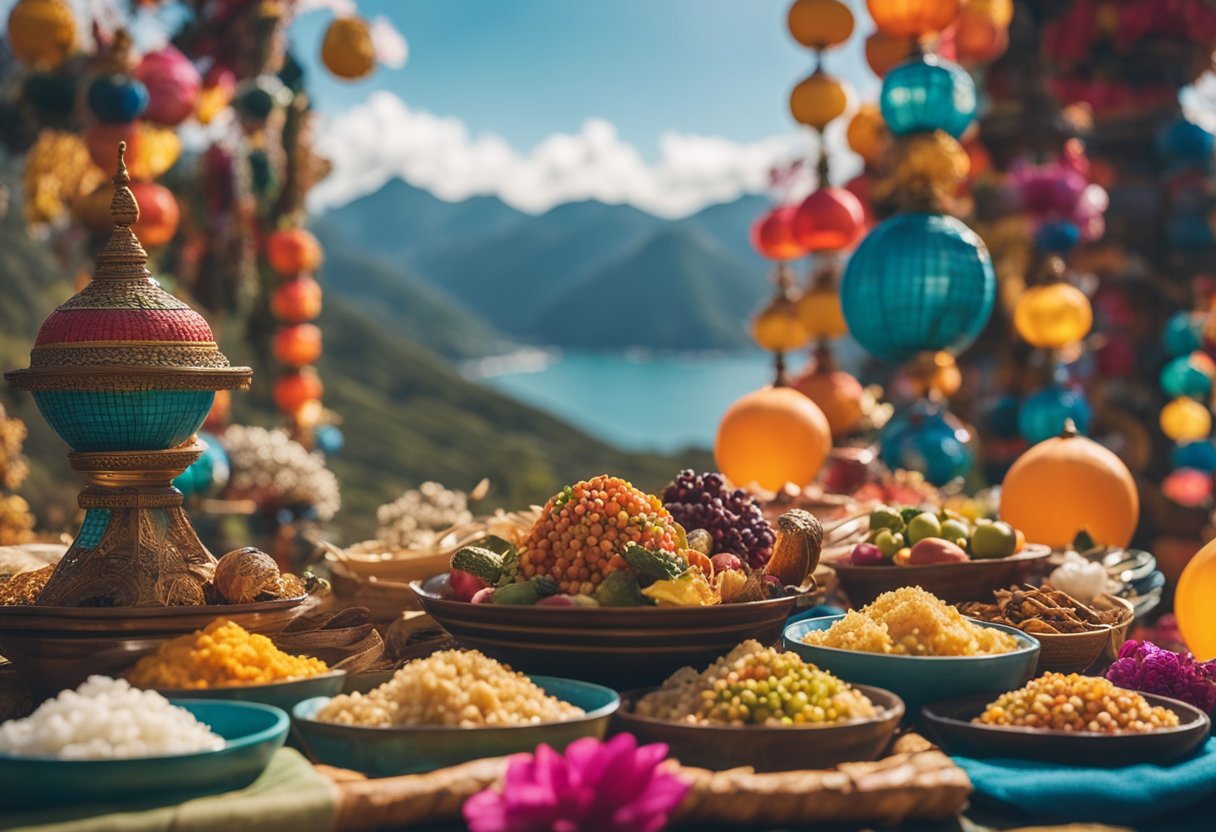
Festivals stand at a pivotal junction where the conservation of tradition meets the dynamic flow of innovation. As caretakers of cultural heritage, we recognise the delicate balance between maintaining the legacy of the past and embracing the possibilities that the future holds.
Safeguarding Intangible Cultural Heritage
Cultural preservation is the heartbeat of our mission. We strive to protect the intangible cultural heritage that festivals embody, from time-honoured customs to the performing arts. By documenting and promoting these living traditions, we ensure they continue to thrive for generations to come. This commitment is not only to the tangible artefacts that festivals produce but also to the knowledge, practices, and expressions that weave the rich tapestry of cultural identity.
Technological Advances and Festival Evolution
Innovation, paralleled with technology, has transformed the landscape of cultural festivals. We’ve witnessed a shift towards digital platforms that promise broader reach and deeper engagement. Technological advances allow for virtual reality experiences of festivals and have revolutionised how we interact with cultural expressions, from the comfort of our homes to the heart of the action. Our focus is on harnessing these technologies to evolve festivals into experiences that are more accessible, environmentally sustainable, and interactive, guaranteeing a future where traditions are not only preserved but are continually revitalised.
Frequently Asked Questions
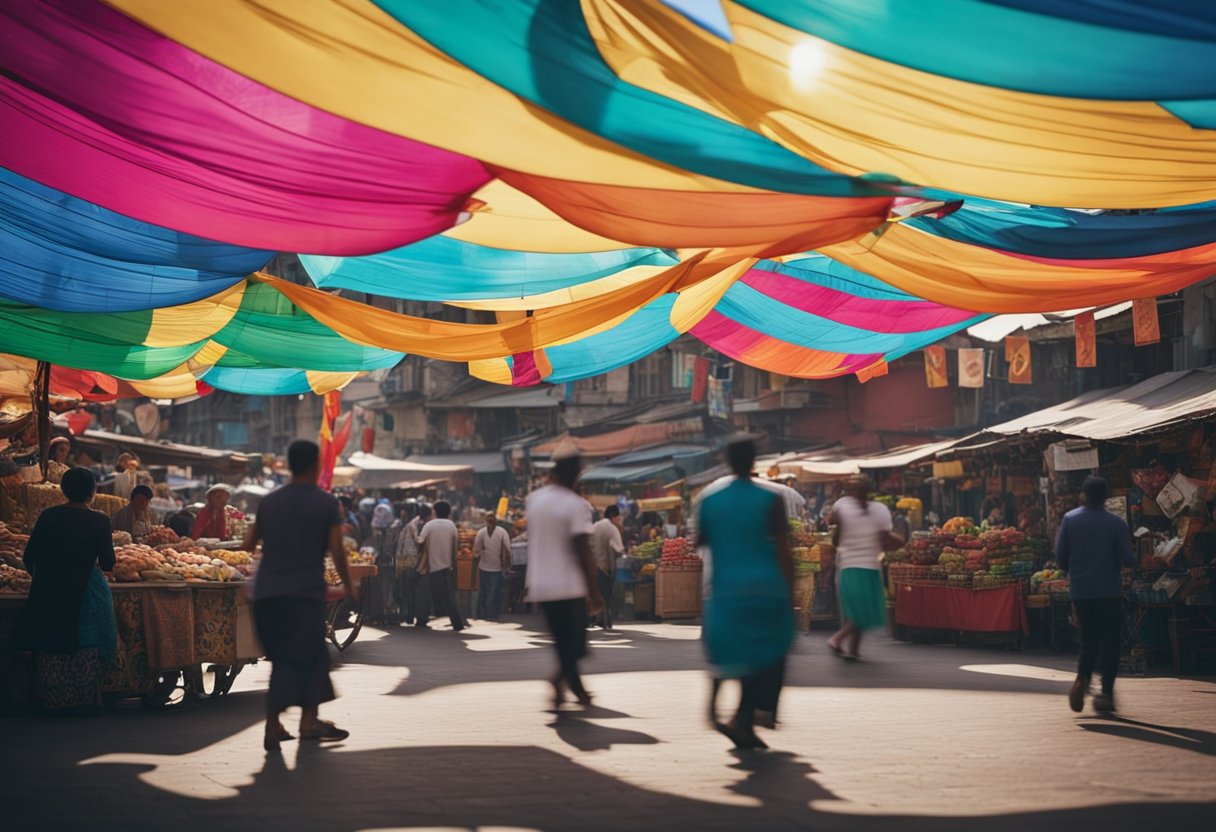
We’ve compiled a list of the most common queries regarding the cultural festivals that are celebrated at the edges of the known world, to help you better plan your experiences and know what to expect.
What are the notable features of the Haida Gwaii Cultural Festival?
The Haida Gwaii Cultural Festival is a vibrant celebration of the Haida people’s rich heritage. Attendees can expect traditional performances, storytelling, Haida cuisine, and the sharing of ancient crafts and visual arts unique to this archipelago.
When does the Edge Fest typically take place?
Edge Fest is usually held during the summer months, taking advantage of the milder weather to host a variety of outdoor performances and activities that highlight the unique culture of the region.
What genres of music are showcased at the Kispiox Music Festival?
The Kispiox Music Festival features an eclectic mix of genres, including folk, jazz, blues, and rock, brought to life by talented local and national artists.
How do participants celebrate during the Midsummer Festival?
During the Midsummer Festival, participants revel in the long daylight hours with traditional music, dance, and feasting. Bonfires are also a common sight, symbolising the power of the sun and the joy of community gathering.
What can attendees expect from the Comox Festival on the long weekend in August?
The Comox Festival on the August long weekend offers a family-friendly atmosphere filled with live music, local food stalls, and a variety of workshops, ensuring that there’s excitement for everyone.
What types of arts and crafts are featured at the Filberg Festival?
At the Filberg Festival, artisans from across the region showcase handcrafted items, including pottery, jewellery, woodwork, and textiles, reflecting the creativity and artistic skill of the community.



